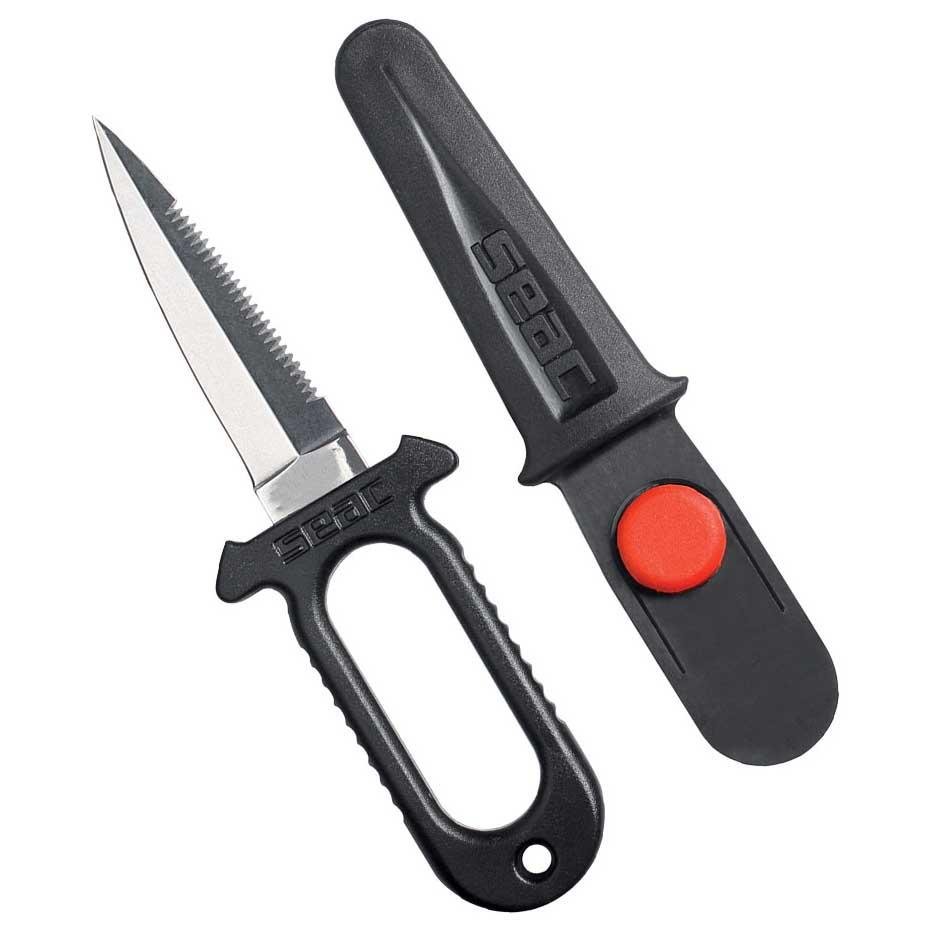There are many different methods of fishing used all over the world but spearfishing is one of the oldest known forms of fishing. Spearfishing still happens today, but the tools have changed from the original pioneers using sharpened sticks for spearing fish from rivers and streams. Nowadays, elastic spearguns and polespears powered by rubber bands can go much faster and farther than anything that was possible in the early days.
Spearfishing tools will vary a bit depending on the place. Different conditions warrant different gear setups.
In some places it is possible to spearfish while freediving, scuba diving, or snorkeling. But spearfishing while using scuba diving equipment can be illegal in various countries. The use of mechanical powered spear guns is also prohibited and a declared punishable offense in most countries like modern day China.
It’s important to be aware of and abide by the country’s rules and regulations to avoid any problems.
In this guide we cover the tools needed for spearfishing in most places around the world.
Spearfishing Equipment to Get You Started
Before you can go out and be successful as a Spearfisherman or spearfisherwoman it’s important to have all of the right gear. Here’s what you’ll need to get into the sport.
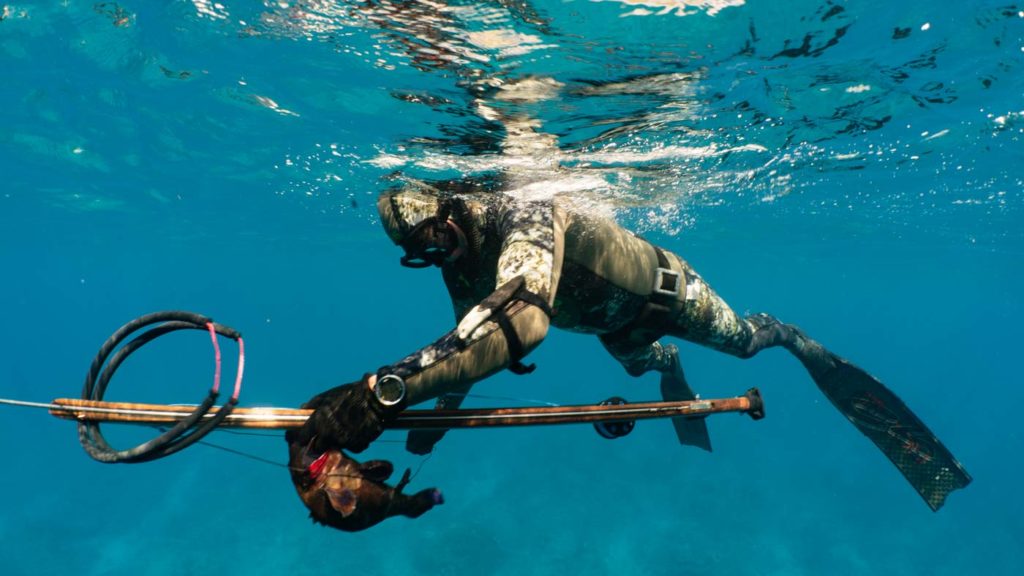
1. Speargun
Everyone thinks of a speargun when they think of spearfishing gear but there’s so much more that goes into the sport. When considering a speargun or pole spear it’s important to assess what kind of hunting you will be doing.
- Which fish will you be targeting?
- How often will you be spearfishing?
- Will you go from shore or from a boat?
Having clear answers to these questions will help you select the correct speargun for you that meets your needs. If you are that type of person who gets bored of the things after doing only once or twice, then an inexpensive gun will fit your needs.
Which fish will you be targeting?
Will you be going for large and fast fish? You will want a longer more powerful gun.
Will you be going for small fish? You may consider a pole spear.
Will the visibility be low? You will want a shorter gun or a polespear.
Will the visibility be high with lots of other divers hunting the area? You will want a longer speargun.
So the size of the gun depends on the power needed to secure the prey. The more powerful the gun the farther and larger targets you can hit with the downside being less maneuverability and more difficult loading.
How Often Will You Be Fishing?
The more often you go hunting the more wear you will put on your gun. If you’re going spearfishing regularly (1 or more times per week) consider getting a nicer more durable gun. This would typically be a wood gun which is typically more durable than a pipe gun. Conversely if you are just getting into the sport or are not sure about how often you plan to get wet consider getting a less expensive pipe gun.
2. Fins
Fins help you propel well, dive well and move to greater depths very conveniently. They also help you swim through the waves easily. The average fins can vary a great deal in price but having fins is typically better than not having fins if you need to move any real distance or dive below the surface. Their prices are dependent on the material they are made of, like plastic, carbon, etc.
Fin Options Include
- Snorkel Fins
- Plastic Freediving Fins
- Fiberglass Freediving Fins
- Carbon Fiber Freediving Fins
Snorkeling fins will work for a beginner and are typically going to be easier to kick in the water than long blade freediving fins. This is a great place to start when getting into the sport. Many long blade fins are too long or stiff or both for most people. To learn more about how to select the right fins check out Kona Freedivers article on the topic.
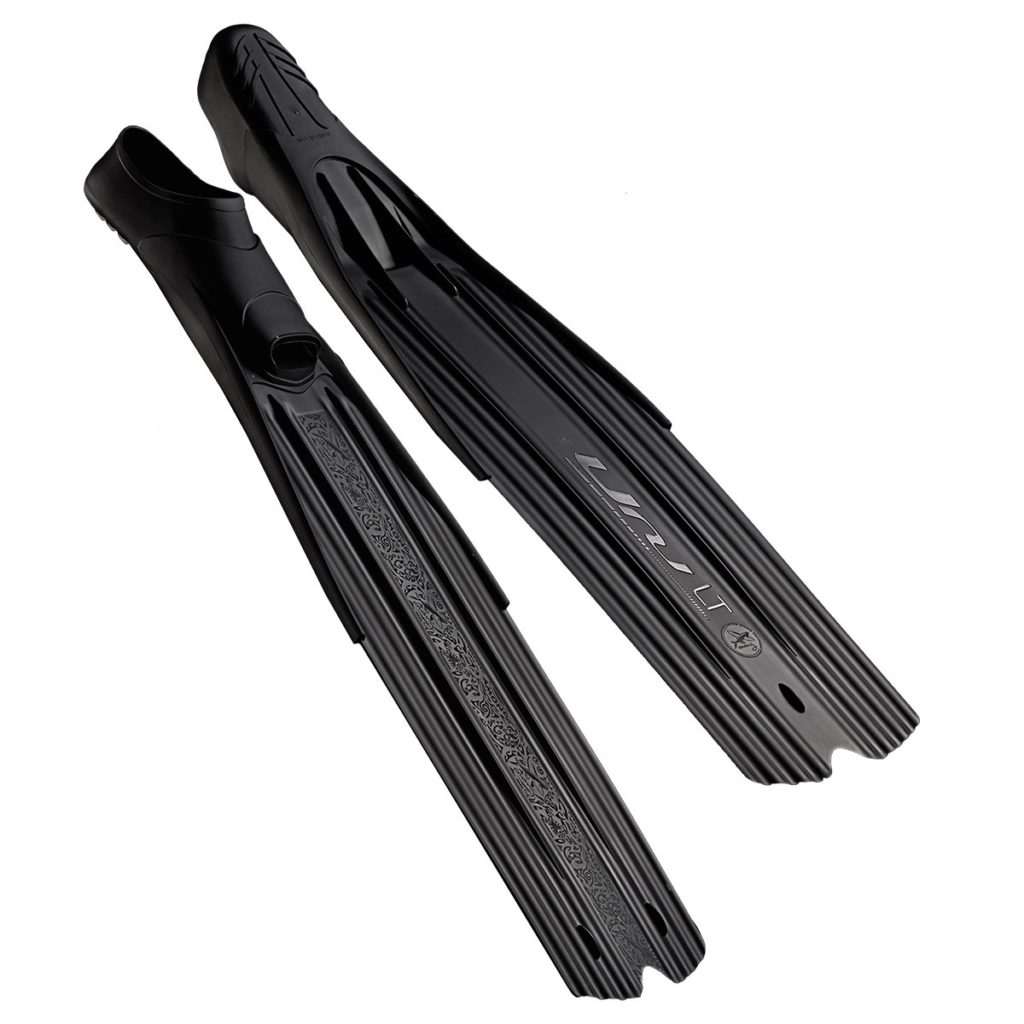
3. Masks
Without a mask you can’t see in the water. This is the same if your mask doesn’t fit properly. Make sure your mask fits before buying it. This can be done using the mask fit test. If the mask is not comfortable you won’t be able to enjoy your time in the water so make sure it fits! A low-volume mask provides less space between your face and the lenses. This is good for deep freediving but unnecessary for spearfishing especially when starting out. Choose a mask that fits and provides a good viewing area.
Some Spearfisherman like to use mirrored masks. We don’t like them because while they prevent fish from seeing your eyes they also prevent your buddy from seeing them and they won’t be able to safety you as effectively.
4. Snorkel
The best snorkel for spearfishing is nothing more than a basic snorkel that has lots of flexibility allowing it to conform to your head. The more features added to a snorkel like purge valves and water stoppers create more drag and the snorkel is more expensive and prone to failure. Get an extra one to keep in case you lose yours or your buddy forgets theirs.
5. Float, Flag, float-line, and Stringer
These 4 things, the float, float-line (tag line), flag and stringer are really important for your safety and the safety of your speargun. The flag and the float can help the marine traffic see you in the water. It’s necessary because being run over by the boats is the worst thing that can happen while spearing. The float line is also important. Your float line should be attached from you or the butt of your gun to your float. This will help ensure the speargun won’t get lost if it is dropped. If you feel out of breath, you can drop your gun and can head to the surface to breathe. Then when you’re ready head back down to bring both your speargun and the fish up. Or you can pull your gun up from the surface using the tag line.
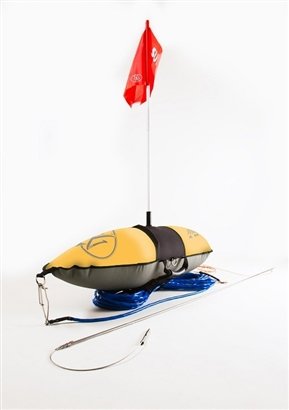
6. Knife
A spearfishing equipment set is incomplete without a knife. A small knife is an important accessory for spearfishing. This is especially the case when fishing in rivers or the ocean where a spear can get hung up on underwater debris like ropes or lines. Also a fish doesn’t necessarily die when speared. Your knife is then used to poke the brain of the fish, just behind the center of its eyes. This not only puts the fish out of its misery, it also prevents sharks and eels from being attracted to your wriggling catch.
7. Wetsuits
A wetsuit is possibly one of themes underrated pieces of spearfishing gear. It is often overlooked by newbie spearos. It’s role is more than just a means to stay warm
Benefits of a Spearfishing Wetsuit
- Buoyancy
- Warmth
- Scratch & Bump Protection
- Sun Protection
- Looks/Camoflauge
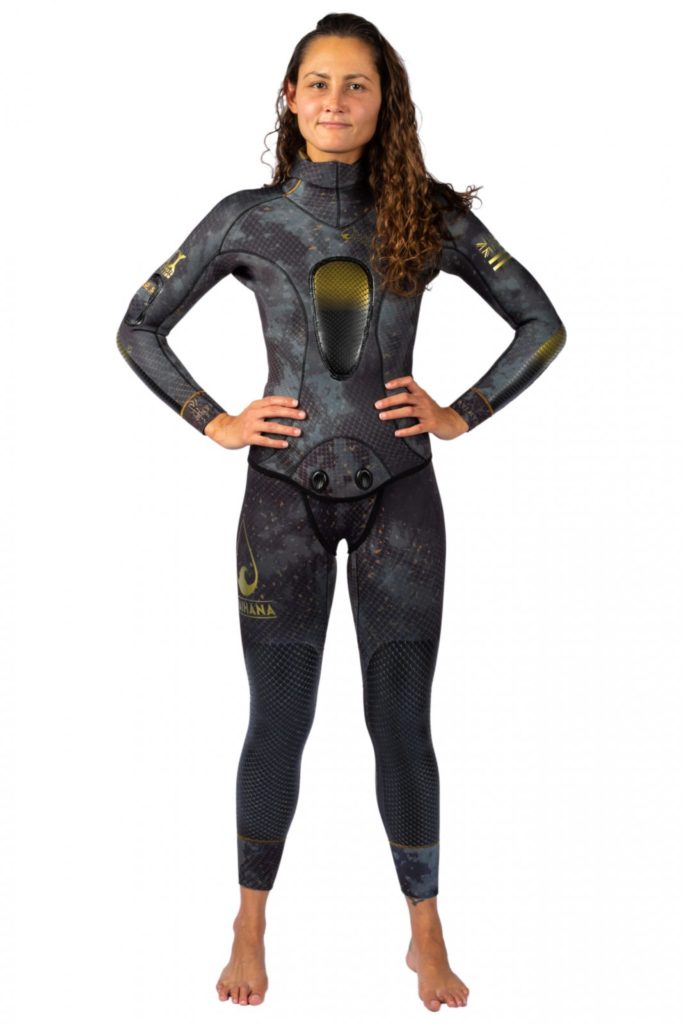
Buoyancy
The buoyancy a wetsuit gives allows a spearfisher to float easily and comfortably on the surface of the water. This is important for safety and reduces the amount of effort you put out before beginning a dive.
Warmth
Water has a high heat capacity. This means it takes a lot of heat to warm it up. Conversely the water is taking the heat away from your body quickly. This is fine in warmer water but in colder water it can lead to a suboptimal experience. Shivering will reduce your breathed drastically leading to a higher likelihood of blackout.
Scratch & Bump Protection
The thick neoprene foam of a wetsuit protects your body from stingers, reef cuts or rocks, etc. They can become extremely infected and create serious problems for you. Like the rest of the equipment, wetsuits come in various variants with different features and price tags, which further depend upon the material they are made.
Not sure what thickness of wetsuit you will need? Ask your local dive shop. Typically suits will range in thickness from 1 millimeter to 7 millimeters and have different linings. Lined suits are easier to put on without having to use lube and are more durable. Open cell or smoothskin lined suits are easier to put on with lubricant or water and generally be more comfortable and warmer once on your body.
Here in Kona where the water temperature ranges from 76 degrees Fahrenheit to 84 degrees Fahrenheit divers will wear 1mm – 3mm thick suit. The more you move in the water the less neoprene you will need to stay warm. As a new diver you may find you’re moving a fair amount.
8. Socks and Gloves
Both socks and gloves are as important for your hand and feet skin as wetsuits are for your body. Just like wetsuits protect your body from blisters, stingers, and other injuries, the socks and the gloves protect your hands and feet in the same way from getting damaged.
After spearing a fish, you need to grab it, gloves will protect your hands from poking and cutting as some fish have sharp barbs and razor like blades on their bodies. In the tropics gloves are typically very thin and not used for warmth just for protection from injury.
Socks, also called booties, are good to keep your feet warm in colder water but it’s important to get socks only as thick as you need them. The thicker the sock the more they will compress causing your fins to get looser the deeper you dive. Here in Kona we have very rough lava rock at most entry and exit points. This means that the soles of your socks will wear out quickly here. We typically recommend kevlar soled socks because you can walk on almost anything and they will last a long time.
9. Weight Belts
A weight belt plays a vital role in your spearfishing journey. Without proper weighting you’ll have a more difficult time staying on the surface, beginning your dive, and staying down at the bottom. In our level 1 freediving course we go over proper weighting. It also provides an attachment point for carrying a knife or a belt clip. You can attach or carry various accessories like a stringer (kui), chum bag, and more on the belt.
There are 2 types of freediving weight belts. The marseilles style has a metal belt buckle and is typically thicker. Because of the metal and extra thickness they are also typically more expensive. They are also easier to ditch when in an emergency scenario. Marseilles belts are typically better for diving in colder water where the diver wears a thicker wetsuit and thus needs more weight on the belt.
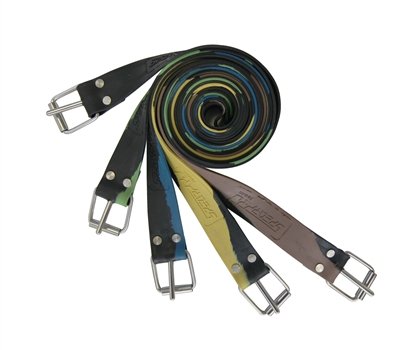
The other style of weight belt is a safety buckle. These buckles are typically made of plastic and are thinner which means they are less durable. They are also less expensive than a comparable marseilles belt.
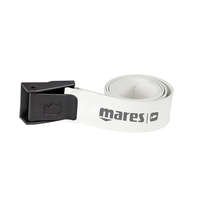
Freediving weight belts are typically made of rubber and sometimes silicone rubber. It’s important that the belt is stretchy so that it can stay snugly in place as the diver goes deeper. This is because your wetsuit will compress causing it to shrink.
Conclusion
Before trying spearfishing, it’s important to have the correct gear to avoid any issues while hunting. Hopefully, this article helps you choose the right spearfishing equipment. To look at some spearfishing gear options check out our online store.

